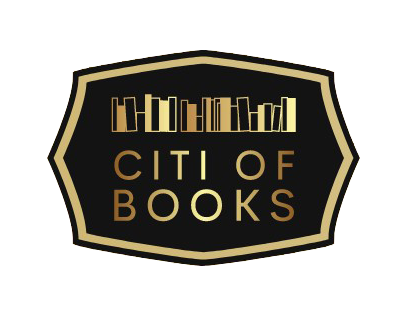
A thrilling account of counter-terrorism book, “CHASING SHADOWS: TERRORISTS, GANGSTERS, AND BANKERS AND THE AI CAPONE METHOD” by Peter W. Ashooh, received a Hollywood-style script, which, if converted into a movie with the points considered, will be well-placed to do well in the movie industry. The story has great potential for adaptation into a compelling TV show because of the possibility of expanding the plot and incorporating more twists.
The Movie Script Coverage Service is the foundation for writing a screenplay for the author’s book that will be stored in a database for potential movie adaptations by producers who are searching for a new film to adapt. Movie script coverage is a “book report” on a screenplay that contains basic information about the script, a summary of the film or book, and a comments or feedback section that highlights the work’s strengths and weaknesses.
To create a screenplay, an outline or cover of a movie script must first be created. Screenplays are the blueprint for the film that draws individuals into the film industry.
Peter W. Ashooh, a retired FBI Special Agent, first joined the FBI in 1979 after graduating from the College of William and Mary. He served as a firearms instructor, defensive tactics instructor, and tactical instructor for over twenty years. Ashooh acted as the undercover agent in more than twenty separate undercover operations. He trained in martial arts for over 50 years and achieved black belts in multiple styles, currently holding a ninth-degree black belt in Isshin-Ryu style of Okinawa karate, weapons, and jujitsu. He currently teaches classes several evenings per week in Virginia, where he lives with his wife, Wini.
“CHASING SHADOWS: TERRORISTS, GANGSTERS, AND BANKERS AND THE AI CAPONE METHOD” recounts the personal and professional journey of the author, Peter W. Ashooh, an FBI agent navigating three decades of evolving challenges, offering a detailed account of how the agency evolved in response to terrorism and organized crime after the events of September 11, 2001.
Ashooh’s narrative spans his entire career, beginning in 1979 when he joined the FBI, influenced by a family legacy and a desire to serve in law enforcement. His early years involved undercover operations and organizing crime investigations, including working with Confidential Human Sources (CHSs) and employing sensitive investigative techniques such as wiretaps.
The book also addresses the cultural and organizational shifts within the FBI after the 9/11 attacks. Ashooh details the pressure placed on the FBI to prevent future attacks while navigating the delicate balance between preventing terrorism and safeguarding civil liberties. He emphasizes the challenges of dealing with terrorist networks and their links to financial institutions, noting that the most effective strategies often involved targeting the day-to-day criminal activities of these groups. Human sources, undercover operations, and wiretaps became essential tools for gathering intelligence and building cases without falling into the traps of entrapment or confirmation bias.

